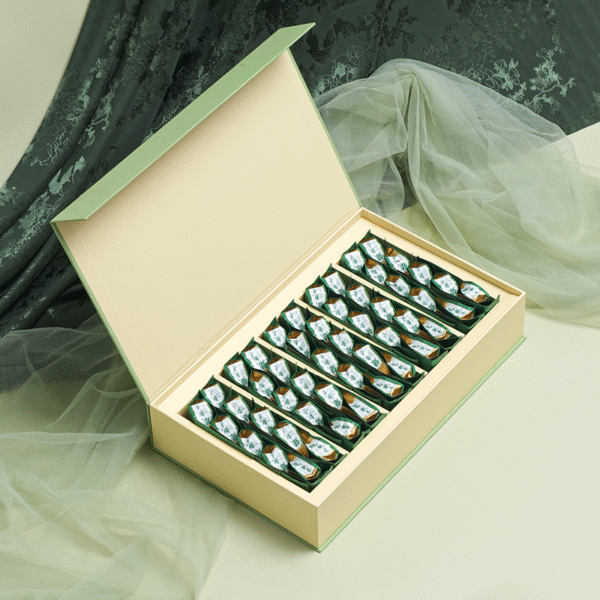
,文章要包含介绍、外观、香气、口感、产地、冲泡方法、健康益处、价格、结论等部分,字数在1000字左右
html
First Grade Longjing Tea vs. Biluochun Green Tea: A Comparison
Introduction
Green tea is one of the most popular beverages in the world, and among the finest varieties are First Grade Longjing (Dragon Well) Tea and Biluochun Green Tea. Both originate from China and are celebrated for their unique flavors, aromas, and health benefits. This article compares these two premium green teas to help you decide which one might suit your palate better.
Appearance
First Grade Longjing Tea: Longjing tea leaves are flat and smooth, resembling the shape of a sparrow’s tongue. The leaves are a vibrant jade green color, with a uniform appearance that reflects its high-quality grading.
Biluochun Green Tea: Biluochun, also known as “Green Snail Spring,” has tightly curled leaves that resemble small snails. The leaves are covered with fine white hairs, giving them a slightly fuzzy appearance and a silvery-green hue.
Aroma
Longjing Tea: The aroma of Longjing is fresh and vegetal, with subtle chestnut or toasted notes. The fragrance is clean and inviting, often described as soothing and delicate.
Biluochun Tea: Biluochun has a more floral and fruity aroma, with hints of orchids and apricots. The scent is intense and sweet, making it highly aromatic compared to other green teas.
Taste
Longjing Tea: The flavor of Longjing is smooth and mellow, with a sweet aftertaste. It has a balanced profile, combining nutty and grassy notes without any bitterness when brewed correctly.
Biluochun Tea: Biluochun offers a bolder taste, with a pronounced floral and fruity character. It has a slightly astringent finish, but the sweetness lingers, creating a complex and refreshing experience.
Origin
Longjing Tea: Authentic Longjing tea comes from the West Lake region in Hangzhou, Zhejiang Province, China. The unique terroir of this area contributes to its distinctive flavor and aroma.
Biluochun Tea: Biluochun is primarily produced in Dongting Mountain, near Lake Tai in Jiangsu Province. The misty climate and fertile soil here enhance the tea’s delicate qualities.
Brewing Methods
Longjing Tea: Use water heated to around 80°C (176°F). Steep 2-3 grams of leaves in 150ml of water for 1-2 minutes. Avoid boiling water to prevent bitterness.
Biluochun Tea: Brew with slightly cooler water (75-80°C or 167-176°F). Use 3 grams of leaves per 150ml of water and steep for 1-1.5 minutes. The leaves unfurl beautifully, releasing their full aroma.
Health Benefits
Both teas are rich in antioxidants, particularly catechins, which support heart health, metabolism, and immune function. Longjing is known for its calming effects, while Biluochun may aid digestion due to its slightly astringent properties.
Price
<strong